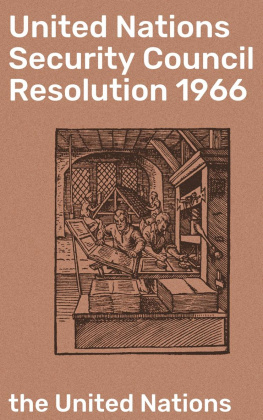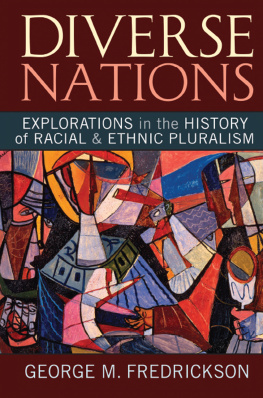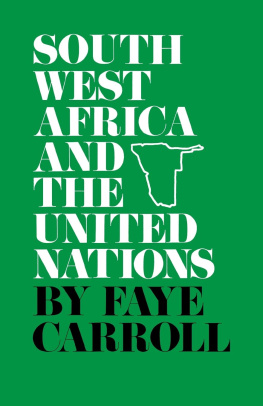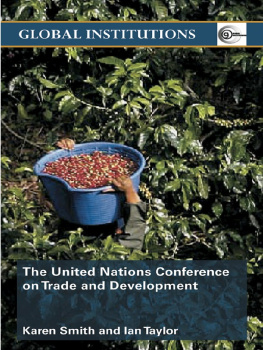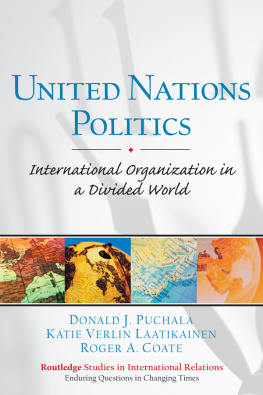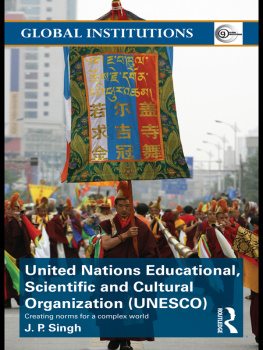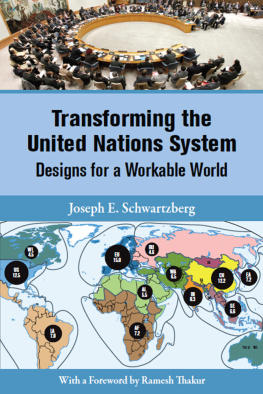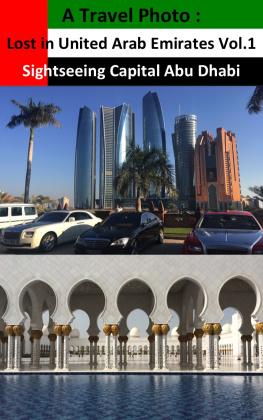Thank you for buying this ebook, published by NYU Press.
Sign up for our e-newsletters to receive information about forthcoming books, special discounts, and more!
Sign Up!
About NYU Press
A publisher of original scholarship since its founding in 1916, New York University Press Produces more than 100 new books each year, with a backlist of 3,000 titles in print. Working across the humanities and social sciences, NYU Press has award-winning lists in sociology, law, cultural and American studies, religion, American history, anthropology, politics, criminology, media and communication, literary studies, and psychology.
CAPITAL OF THE WORLD
PRAISE FOR CAPITAL OF THE WORLD
Charlene Mires provides a fascinating account of the enthusiastic effort to establish a home for the fledgling United Nations at the end of World War II. She creates a powerful sense of suspense as she describes the intense competition among boosters from New York, Boston, Philadelphia, and even the Black Hills of South Dakota. In lively and elegant prose, from the first sentence to the last, she captures the contradictory visions of the Capital of the World that persisted from beginning to end.
ALLAN M. WINKLER
Distinguished Professor of History,
Miami University
Capital of the World is an exceptionally imaginative book that warrants an exceptionally diverse readership. Charlene Mires, a former journalist who recognizes the extraordinary in the ordinary, leverages her skill as a public historian and expertise in material culture to tell the complicated and surprising story of the competition to select the site of the UN headquarters. By ascribing meaning to this competition rooted in the defining historical moment in which it took place, Mires offers us an innovative transnational history that provides an unexpected twist to understandings of glocalization.
RICHARD H. IMMERMAN
Edward J. Buthusiem Family Distinguished Faculty Fellow in History, Temple University
With meticulous research and journalistic verve, Charlene Mires tells an overlooked story about American engagement with the world. Writing in a decade when many Americans worry about their nations place in the world, Mires reminds us about the excitement that the newly created United Nations generated not only in big eastern cities but also in the heartland of the Middle West and Great Plains. Her fast-moving and always entertaining narrative captures the optimistic spirit of the Greatest Generation.
CARL ABBOTT
author of How Cities Won the West:
Four Centuries of Urban Change
in Western North America
CAPITAL OF THE WORLD
THE RACE TO HOST THE UNITED NATIONS
CHARLENE MIRES
NEW YORK UNIVERSITY PRESS
New York and London www.nyupress.org
2013 by New York University All rights reserved
References to Internet websites (URLs) were accurate at the time of writing. Neither the author nor New York University Press is responsible for URLs that may have expired or changed since the manuscript was prepared.
Library of Congress Cataloging-in-Publication Data
Mires, Charlene.
Capital of the world : the race to host the United
Nations / Charlene Mires.
pages cm
Includes bibliographical references and index.
ISBN 9780814707944 (cl : alk. paper)
ISBN 9780814708354 (e)
ISBN 9780814723869 (e)
1. United NationsHeadquarters. 2. New York
(N.Y.)Buildings, structures, etc. I. Title.
JZ4986.M57 2013
341.2309dc23 2012035350
New York University Press books are printed on acid-free paper, and their binding materials are chosen for strength and durability. We strive to use environmentally responsible suppliers and materials to the greatest extent possible in publishing our books.
Manufactured in the United States of America
10 9 8 7 6 5 4 3 2 1
CONTENTS
The United Nations Secretariat building under construction in 1949, when thousands gathered for the ceremony dedicating the cornerstone of the world capital. (William Eckenberg/The New York Times/Redux)
INTRODUCTION
OCTOBER 24, 1949, in New York City was a day of symbolism and silences.
At East Forty-Second Street facing the East River, a sleek slab of a building reached toward the sky, its upper floors still under construction. Seventeen acres, previously a district of stinking slaughterhouses, had been cleared of all traces of earlier times. Where livestock once lumbered through the streets, ten thousand people now sat in wooden folding chairs facing the flags of fifty-nine nations and a platform draped in blue. Onstage, President Harry S. Truman and New York governor Thomas E. Dewey appeared to chat amiably despite their rivalry in the 1948 presidential election. Diplomats from both sides of the Iron Curtain shook hands while a municipal band played a jaunty rendition of The Sidewalks of New York (east side, west side, all around the town ). They gathered on this construction site to celebrate the fourth anniversary of the United Nations and an event that many considered to be a milestone in the history of the worldthe laying of the granite cornerstone for the UNs permanent headquarters in New York. The dignitaries spoke of hopes for lasting peace. The New York Times wrote of the ghostly presence of thousands of wartime dead whose sacrifices led to this day.
Occasionally, speakers on this occasion also described the UNs headquarters as the world capitol and New York, by extension, as the capital of the world. From 1944 through 1946, as the world pivoted from the Second World War to an unsteady peace, the birth of the United Nations sparked a much more ambitious idea: that a new Capital of the World should be created to serve as a permanent center of international diplomacy. It was imagined as something like a perpetual worlds fair, or perhaps a cluster of fashionable embassy buildings, or even an entirely new city where the UNs staff could live and work in modern buildings symbolizing a bright, unencumbered future. How this idea took root, gained momentum in a rush of postwar civic boosterism, but ultimately lost its luster is
The idea of a world capital runs deep in history, dating to at least 27 BCE, when the historian Titus Livy described Rome as caput orbis terrarum. Later centers of commerce and culture, such as London and Paris, also became widely regarded as Capitals of the World. By the nineteenth and twentieth centuries, the world capital idea evolved in ways both trivial and grand. While civic boosters deployed the phrase to promote claims to distinction (thus Chicago, chewing gum capital of the world), journalists used capital of the world as shorthand for any location where international diplomats gathered. The Hague and Washington, D.C., each became capital of the world, when they hosted diplomatic conferences, and the phrase also was applied to Geneva when it became home to the League of Nations.


